Are you interested in exploring historic homes? Here are the must-see historic houses in Cantabria:
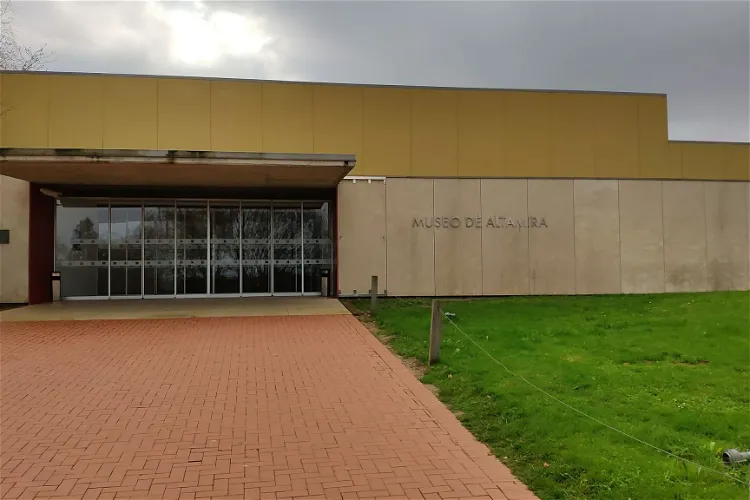
National Museum and Research Center of Altamira
Santillana del MarVisitors to the National Museum and Research Center of Altamira can participate in prehistoric technology workshops, offering a unique opportunity to learn about the tools and techniques used by early humans. The museum also hosts a permanent exhibition, 'Times of Altamira', which showcases objects not only from the Altamira cave but also from other palaeolithic caves in the Cantabria region.
Tower of Infantado
PotesToday, the Tower of Infantado serves as an exhibition center, showcasing various displays that reflect its rich history. Recognized as a Site of Cultural Interest since 1985, it offers visitors a unique insight into the region's past.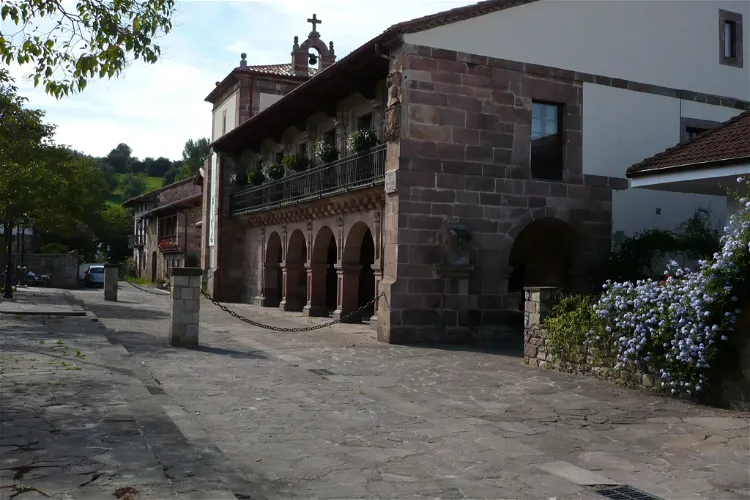
Museo De La Naturaleza De Cantabria
Cabezón de la SalThe Museo de la Naturaleza de Cantabria is situated in an 18th-century mansion in the Cantabrian village of Carrejo. This location is just 1.5 kilometers away from Cabezón de la Sal, Spain. The museum's location in a historical building adds a unique charm to the visitor's experience.
Palacio de Elsedo en Liérganes
La HerránThe Elsedo Palace, also known as the Palace of the Counts of Torrehermosa, is a Spanish rural palace from the 18th century. It is located in the town of Pámanes, within the municipality of Liérganes, in Cantabria, Spain. This historical building offers a glimpse into the architectural style and grandeur of the 18th century.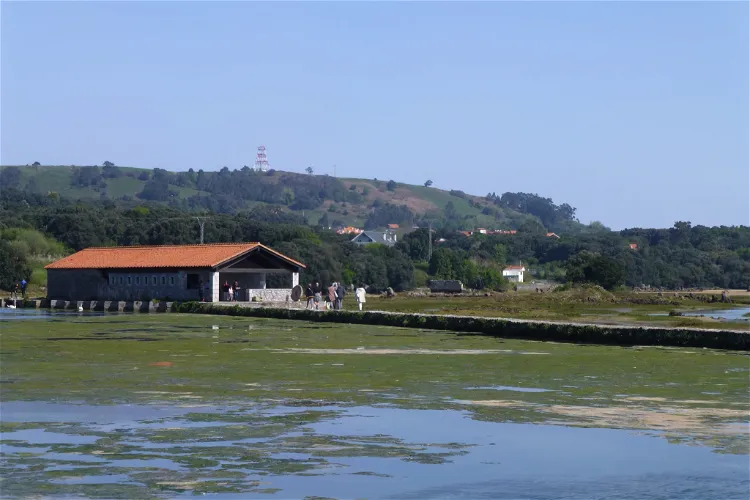
Santa Olaja Mill
Isla PlayaSanta Olaja Mill, also known as Santa Olalla, is a tidal mill located in the Joyel marsh in the municipality of Arnuero in Cantabria, Spain. It is part of the Trasmiera Ecopark and is one of the few mills that are still preserved in good condition. The mill is unique as it is the only one on the European Atlantic coast that functions as an Interpretation Center for these mechanical devices and maintains a visiting schedule open to the public all year round.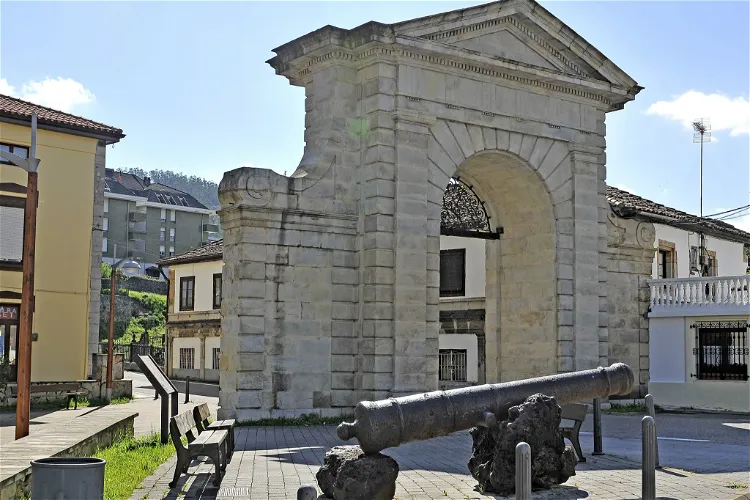
Royal Ordnance Factory Museum of La Cavada
RiotuertoThe Royal Ordnance Factory Museum of La Cavada is an exhibition space situated in the town of La Cavada, within the Autonomous Community of Cantabria in Spain. The museum offers a unique insight into the history of the cannon factory that was used by the Royal Spanish Navy and in the defense of the Empire.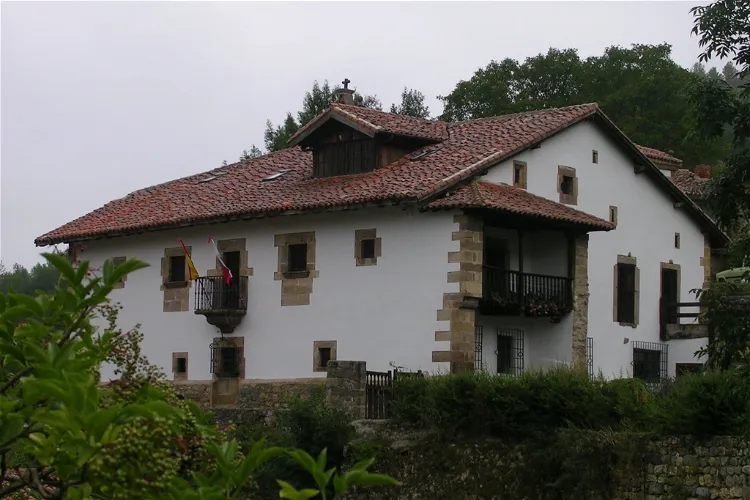
Casa Museo de Tudanca
SantotísLa Casona de Tudanca is a unique museum-library situated in the picturesque town of Tudanca in Cantabria. This historic building served as the regular residence of the renowned José María de Cossío until his passing in 1977. Visitors can explore the rich history and cultural significance of this place, which was once a hub of intellectual and artistic activity.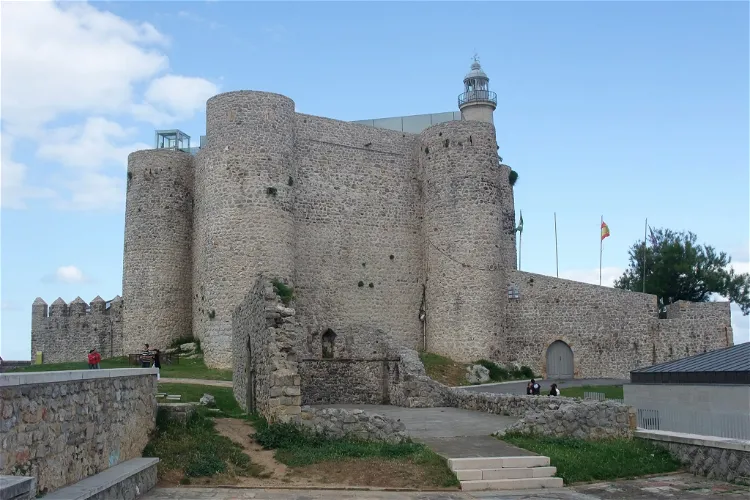
Santa Ana Castle
Castro-UrdialesSanta Ana Castle is a fortress situated on a rocky promontory in Castro-Urdiales. It shares the peninsula with the fortified church of Sta. Mª de la Asunción from the 13th century, the ruins of another previous church, San Pedro from the 12th century, and the hermitage of Santa Ana. This location offers a unique blend of historical architecture and natural beauty.
Roman Bridge of Liérganes
LiérganesThe Roman Bridge of Liérganes, also known as El puente mayor de Liérganes, is a significant historical structure located in the town of Liérganes in Cantabria, Spain. This bridge is a testament to the architectural prowess of the late 16th century and serves as a symbol of the town's rich history.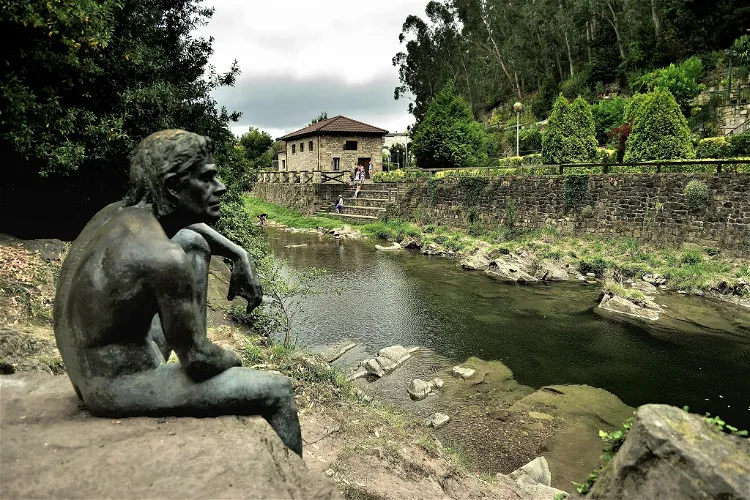
Centro de Interpretación del Hombre Pez
LiérganesThe Fish Man of Liérganes, also known as Francisco de la Vega Casar, is a legendary figure in Cantabrian mythology. This intriguing character is the focus of the Centro de Interpretación del Hombre Pez in Liérganes. The legend tells the story of Francisco, who disappeared while swimming in Bilbao in 1674 and was believed to have been transformed into a fish-like creature. He was reportedly sighted in various locations, including Denmark, the English Channel, and the coasts of Andalusia. The legend has been documented in various texts, including a book by José María Herrán titled 'El hombre-pez de Liérganes'.